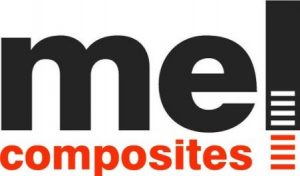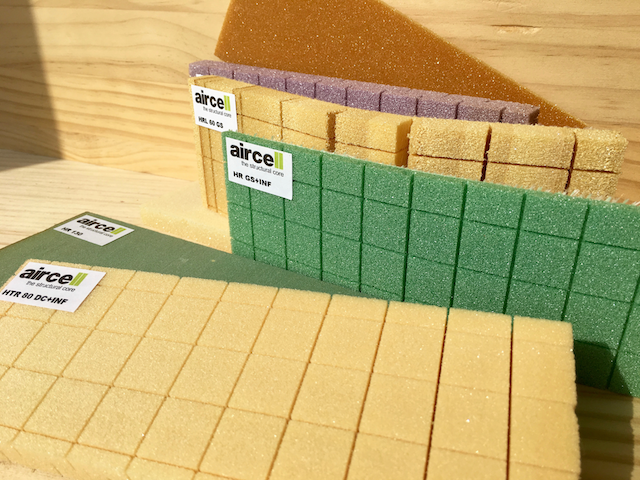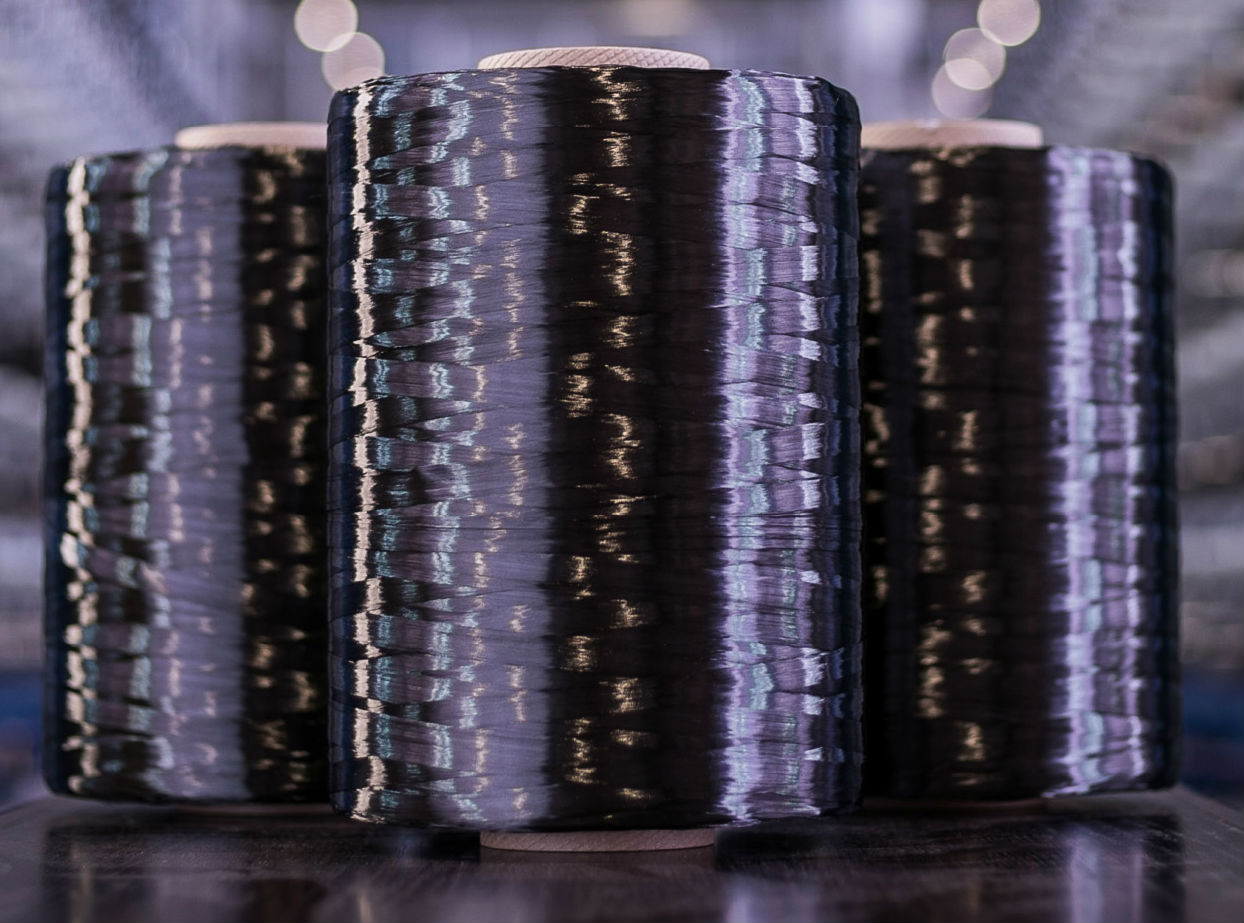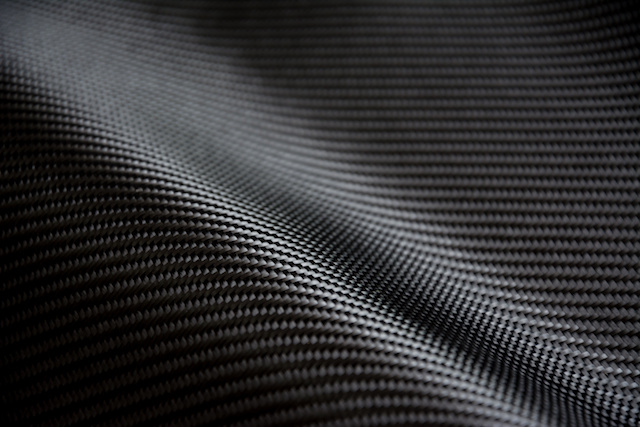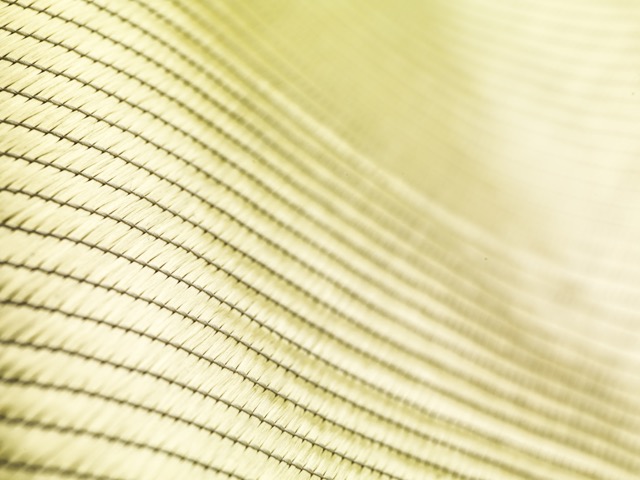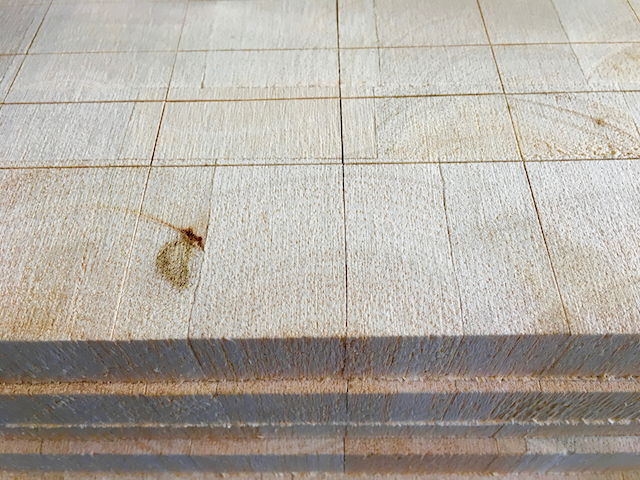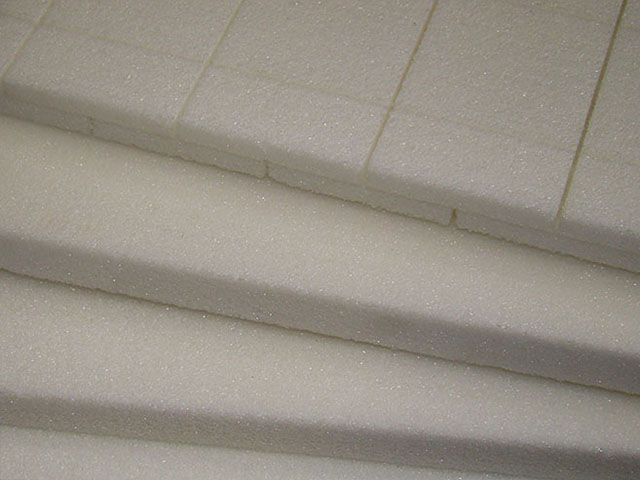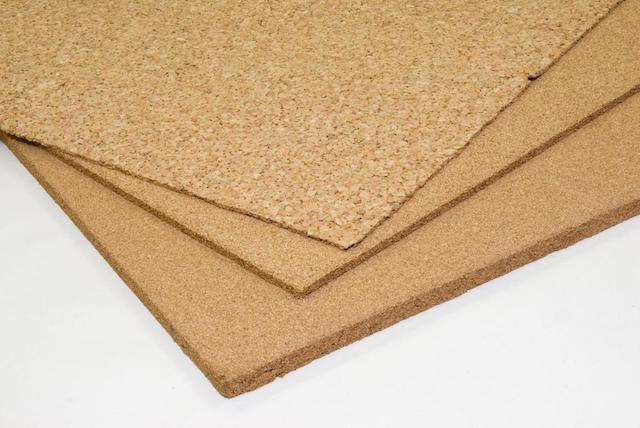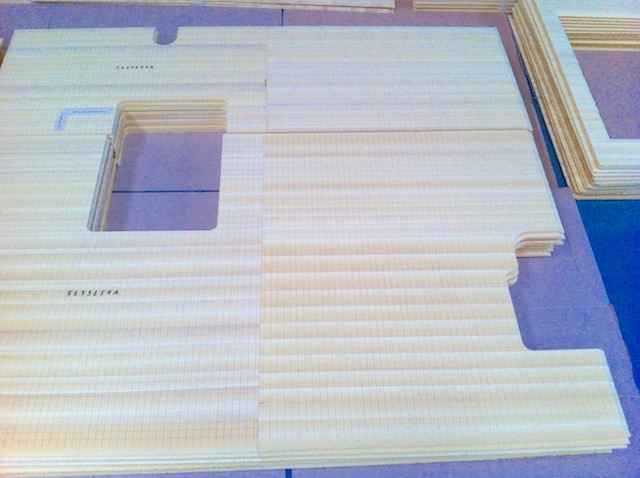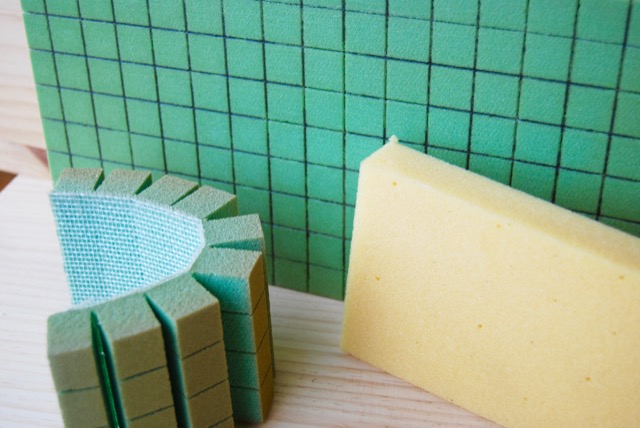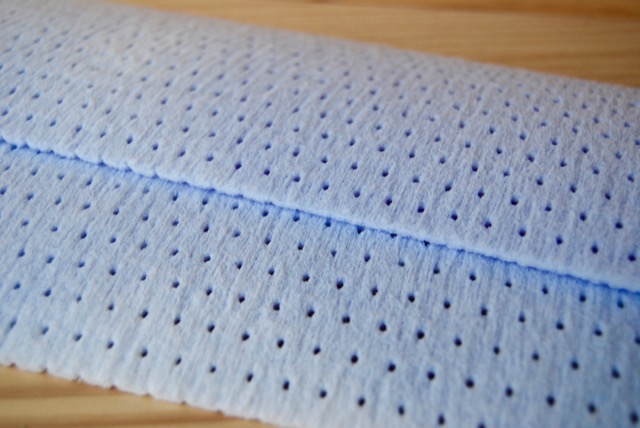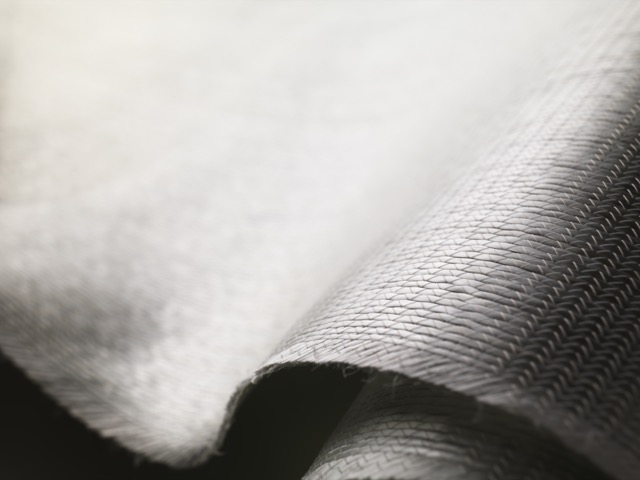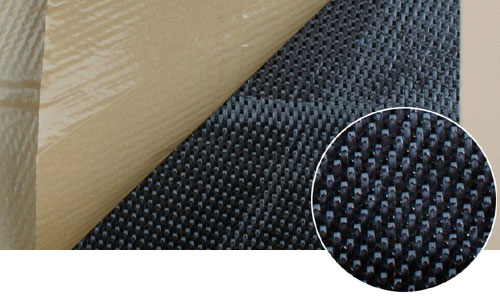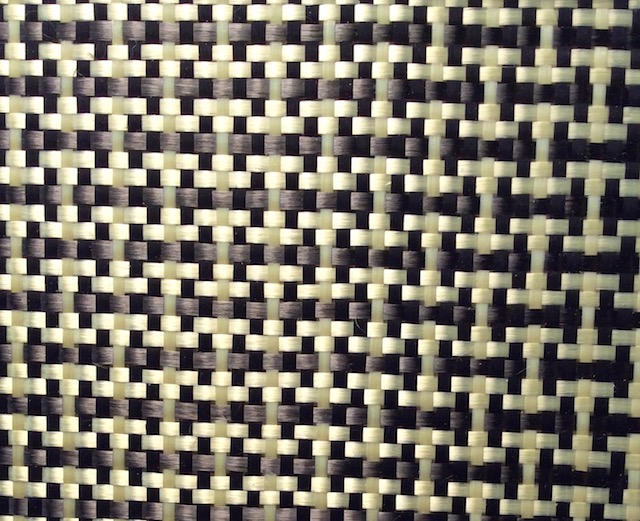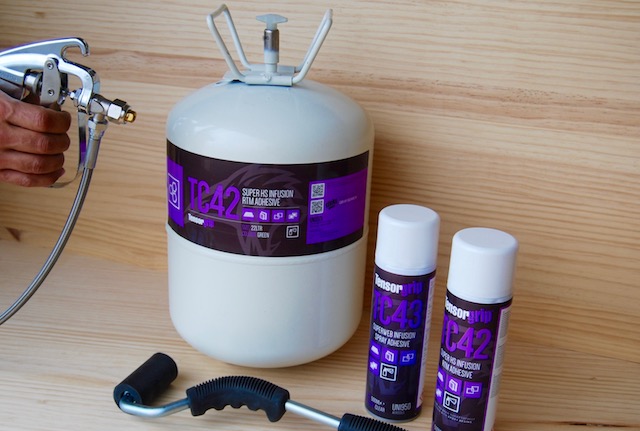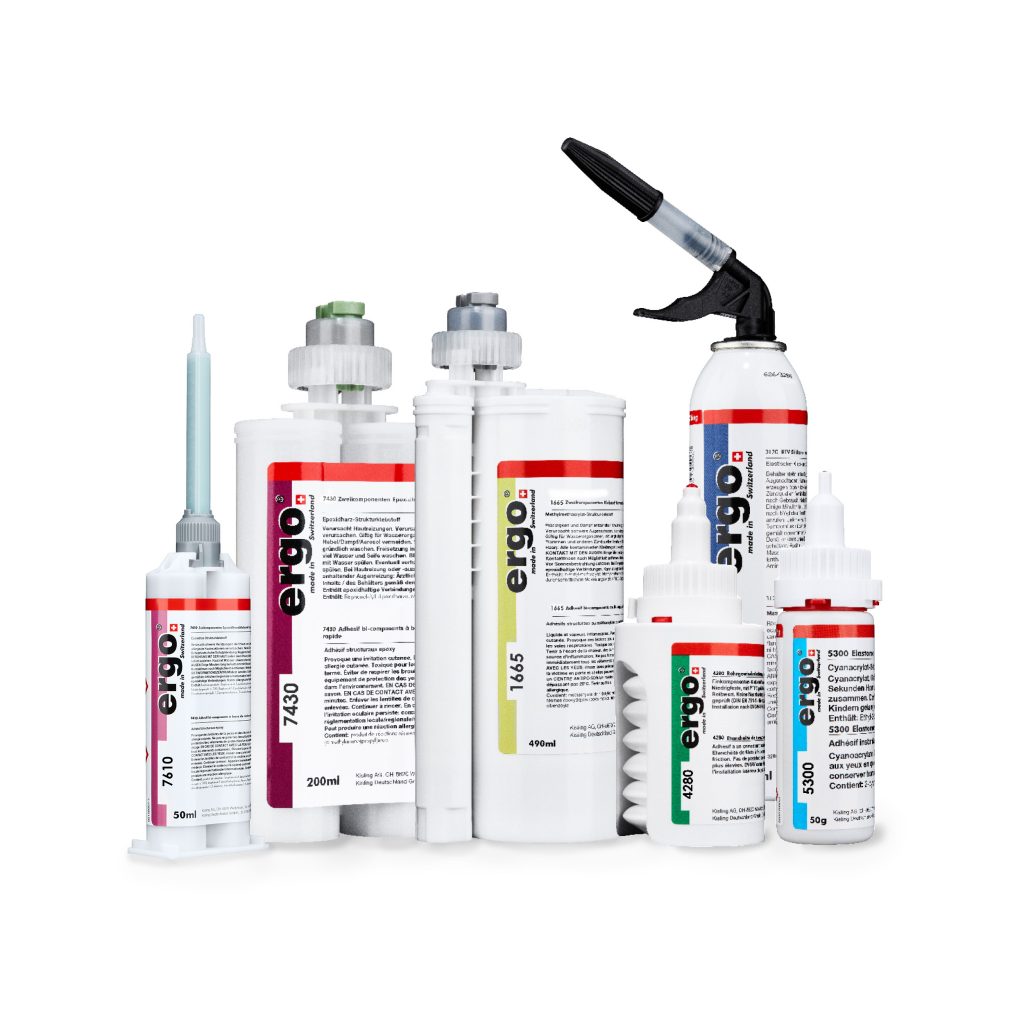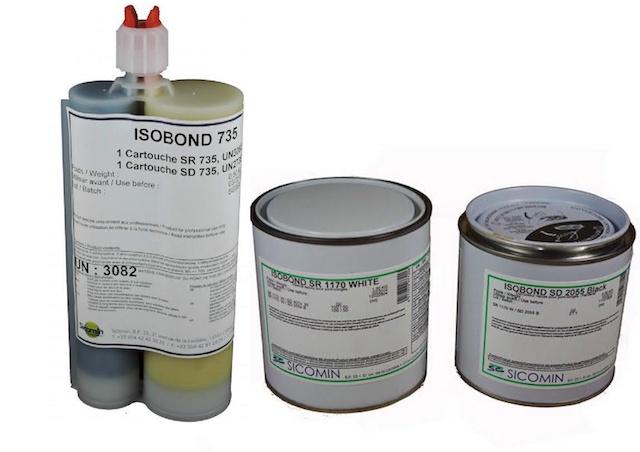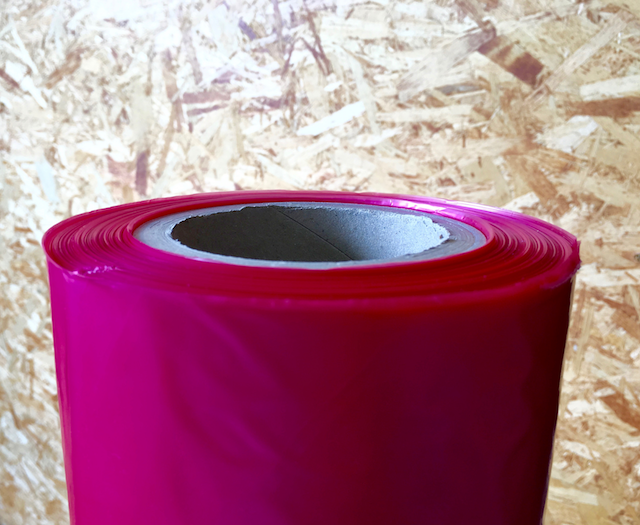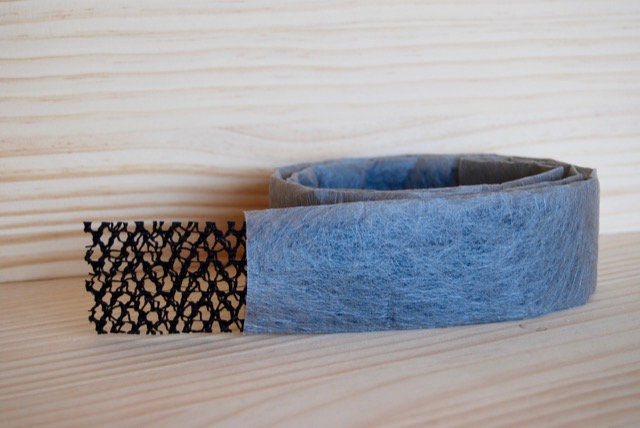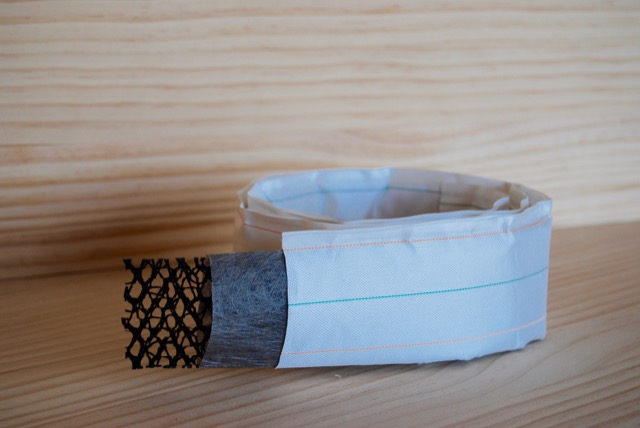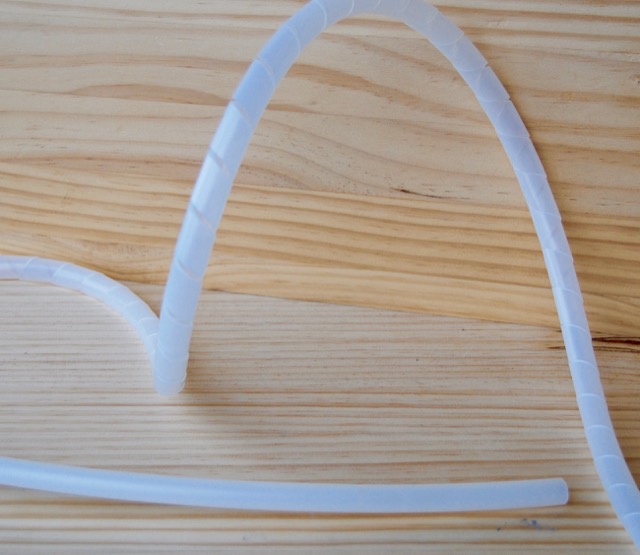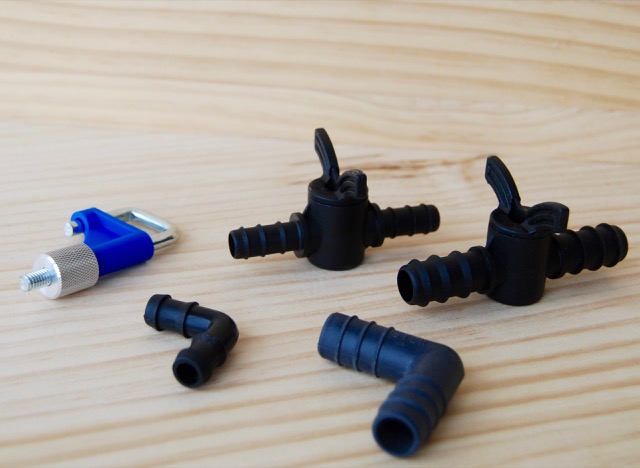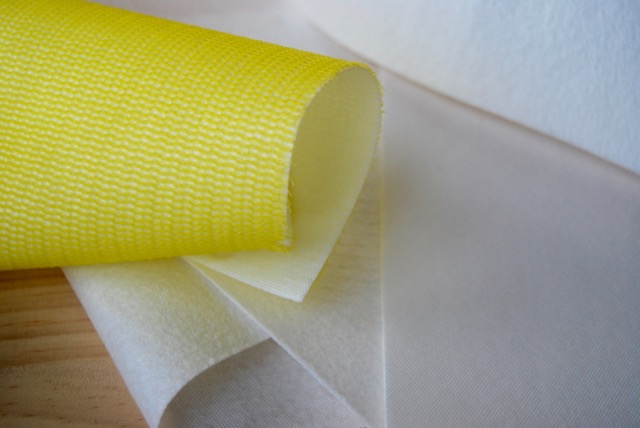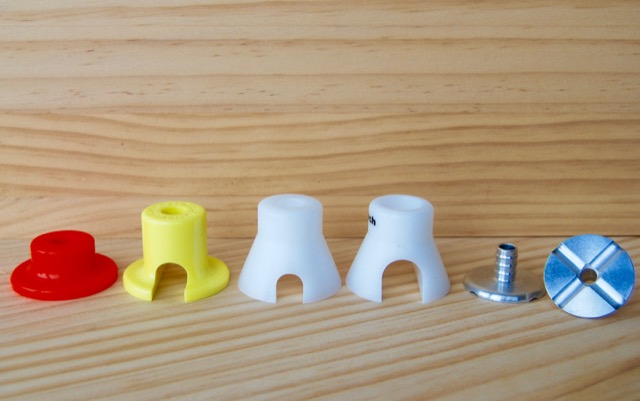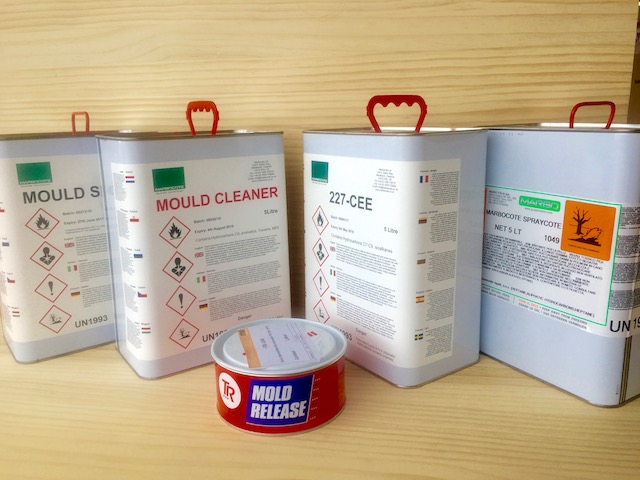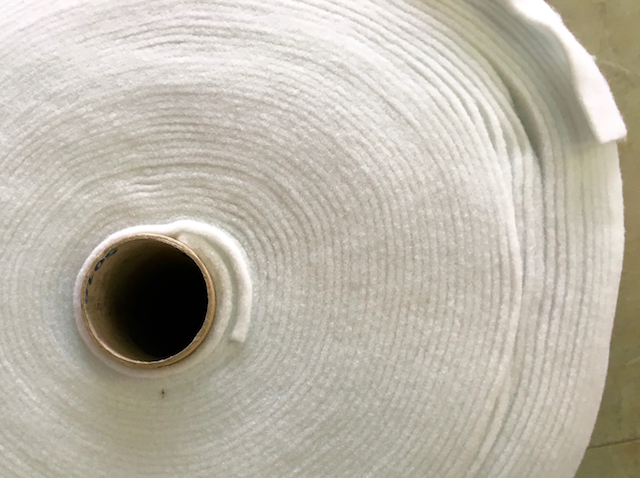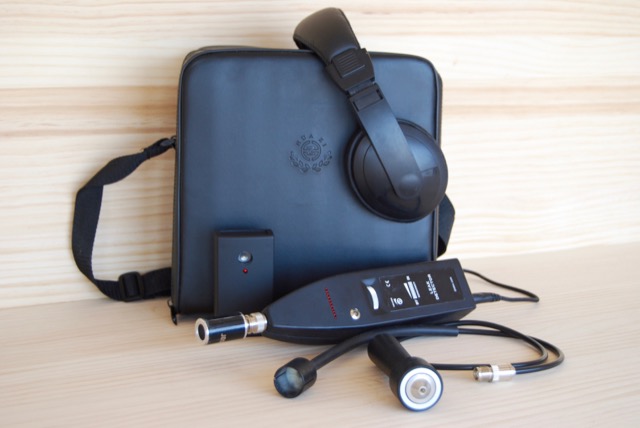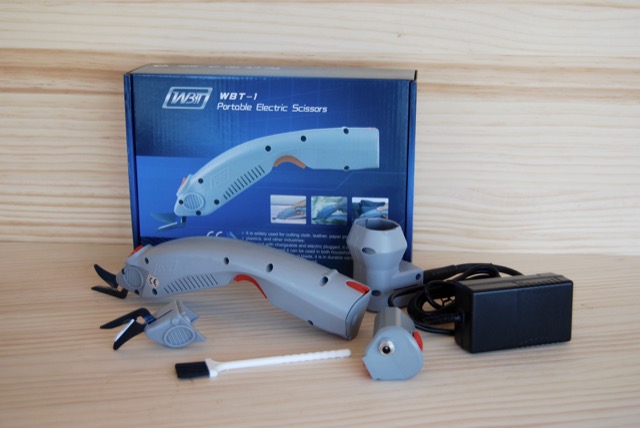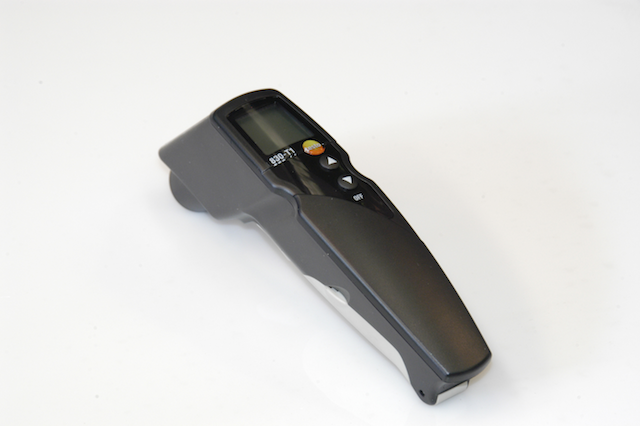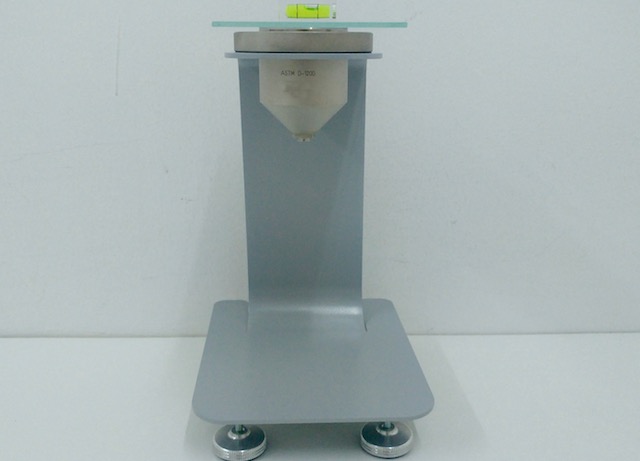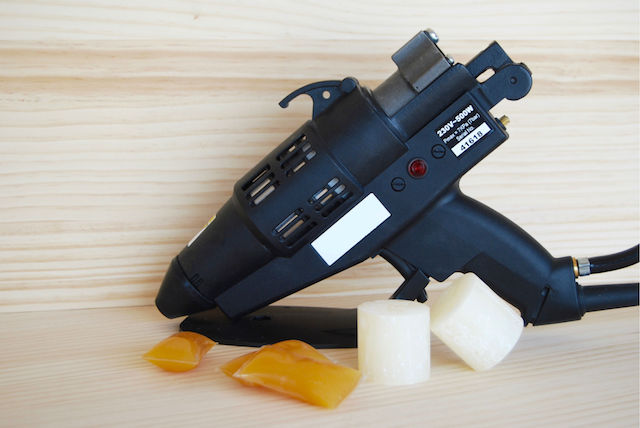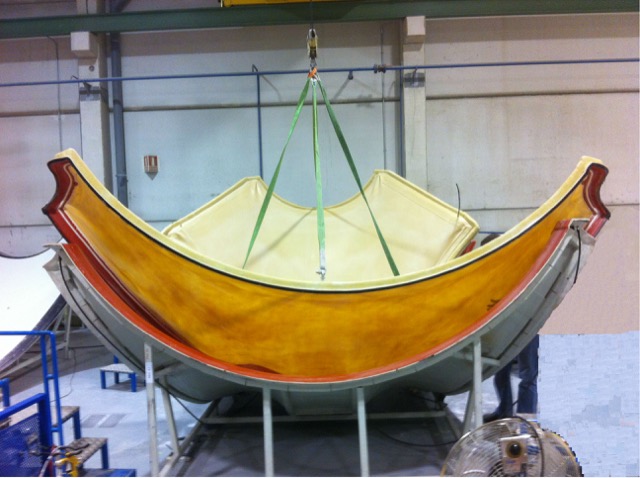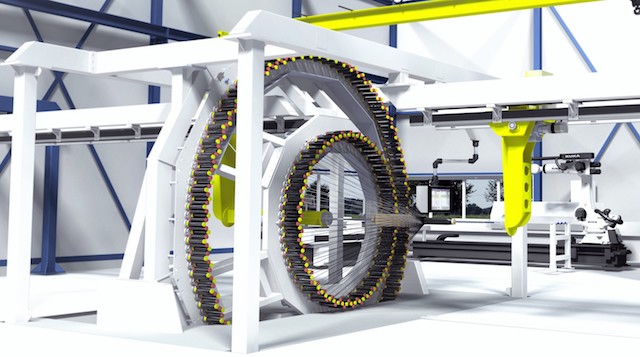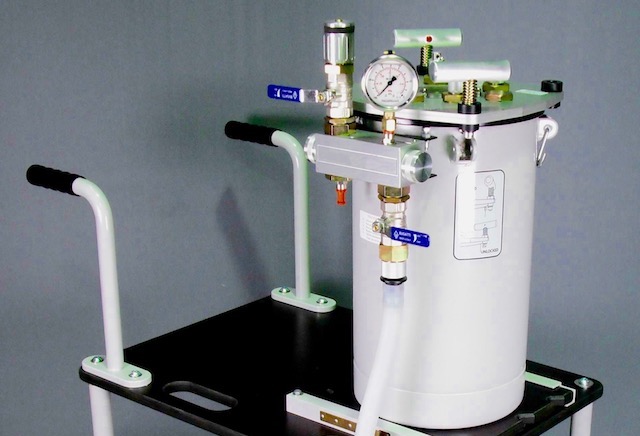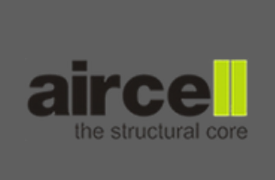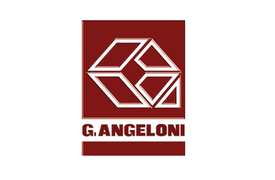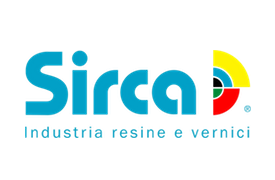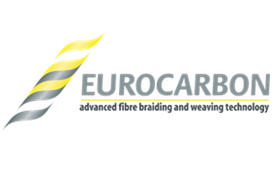We only supply the highest quality products
that have been fully tested and validated by our technical team.
CORES
Core materials form the middle layer of sandwich-type composite structures.
They are typically low density materials that separate and stabilize the skin laminates and provide most of the shear rigidity of the sandwich structure. Sandwich construction enables high stiffness to weight ratios in composite structures.
RESINS
Resins act as the support matrix for the fibres, impregnating them and forming the structure of the composite. Resins provide resistance to compression and create adhesion between the fibres and layers of the laminate whilst also keeping the fibres in the correct position and orientation. There are several types of resin available, the most widely used being polyester, vinyl ester and epoxy. They can be used in many different construction methods depending on the chosen process with options including hand or wet lamination, vacuum bagging, infusion and RTM or as prepreg materials where the resin is already combined with the reinforcement fibres.
FIBRES
Reinforcement fibres are the main structural component that drives, among other things, the tensile strength of the structures. There are several types available, with glass, carbon and aramid fibres being the most commonly used in composites. They can be used directly as rovings or as woven, stitched multiaxial or unidirectional fabrics in a wide range of fabric weights and weave styles.
CONSUMABLES
MEL has carefully selected a complete range of process consumables specially selected to provide efficient and trouble-free production with all types of composite processing.
EQUIPMENT
For composite processes such as RTM, vacuum bagging and infusion, reliable equipment is a must. MEL has selected equipment specifically designed for each function, maximising efficiency in production and helping to ensure a perfect result every time.
CORES
Core materials form the middle layer of sandwich-type composite structures. They are typically low density materials that separate and stabilize the skin laminates and provide most of the shear rigidity of the sandwich structure. SEE CATALOGUE
RESINS
Resins act as the support matrix for the fibres, impregnating them and forming the structure of the composite. Resins provide resistance to compression and create adhesion between the fibres and layers of the laminate whilst also keeping the fibres in the correct position and orientation. There are several types of resin available, the most widely used being polyester, vinyl ester and epoxy. They can be used in many different construction methods depending on the chosen process with options including hand or wet lamination, vacuum bagging, infusion and RTM or as prepreg materials where the resin is already combined with the reinforcement fibres. SEE CATALOGUE
FIBRES
Reinforcement fibres are the main structural component that drives, among other things, the tensile strength of the structures. There are several types available, with glass, carbon and aramid fibres being the most commonly used in composites. They can be used directly as rovings or as woven, stitched multiaxial or unidirectional fabrics in a wide range of fabric weights and weave styles. SEE CATALOGUE
ADHESIVES
MEL Composites has a wide range of high-performance structural adhesive and sealants to cover all applications. SEE CATALOGUE
EQUIPMENT
For composite processes such as RTM, vacuum bagging and infusion, reliable equipment is a must. MEL has selected equipment specifically designed for each function, maximising efficiency in production and helping to ensure a perfect result every time. SEE CATALOGUE
CONSUMABLES
A series of auxiliary equipment is needed for the handling and transformation of composite materials. SEE CATALOGUE
PRODUCT CATALOGUE BY CATEGORY
![]()
Es la espuma sándwich por excelencia. El consumo de resina superficial es el más bajo del mercado. Sus altas prestaciones mecánicas, bajo peso, alta elasticidad, aislamiento térmico y gran resistencia química, hacen de ella la primera opción para estructuras ligeras económicas. La gran variedad de densidades, desde 40 hasta 400 kg/m3, permite optimizar las estructuras según se requiera. Los distintos formatos de acabado y resistencia térmica, permiten adaptarse a los distintos sistemas constructivos; manual, vacío, infusión o pre preg. En caso necesario, la espuma puede termoformarse con calor y vacío.
Disponibles:
Hilo de carbono HS en bobinas de 4kg aproximadamente.
Disponible en 12 y 24K
Es uno de los materiales con mejores prestaciones mecánicas y menor peso.
Según sus propiedades puede suministrarse como Alta Resistencia, Módulo Intermedio y Alto Módulo.
Su uso se encuentra muy extendido en la industria aeronáutica, del automóvil, deportiva y eólica así como en embarcaciones de competición y como refuerzo de edificios.
Formatos disponibles:
- 1K - 50K
- Tejidos: 90 a 1200gr/m2
- Unidireccionales con vidrio o hilo termoplástico: 130 a 650 gr/m2
-Bandas unidireccionales en HS, HM: de 1 a 20 cm de ancho y de 150 a 1600 gr/m2
- Multiaxiales: biaxial, triaxial y cuadriaxial 300 a 1800 gr/m2
- Spread tow 15K, 24K Y 50K: tejido y unidireccional, standard o metalizado de 30 a 400 gr/m2
- Braids: de 5 a 150 mm diámetro y de 7 a 330 gr/m
-Unidireccional tubular elástico: 20 a 100 mm diámetro
- Híbridos carbono-aramida
- Panel decorativo 0.5 mm
Característica por su alta resistencia a la abrasión y al impacto, es empleada en embarcaciones de alta velocidad y estructuras sometidas a impactos, así como en protección balística en vehículos blindados, cascos y chalecos.
Formatos disponibles:
- Tejidos: de 120 a 500 gr/m2
- Unidireccionales
- Flat Braids: de 10 a 50 mm y de 300 a 500 gr/m
- Braids: de 10 a 50 mm y de 300 a 500 gr/m
Uno de los primeros materiales en emplearse como núcleo para estructuras sándwich en el formato "end-grain". Recurso natural que puede verse afectada por la humedad. Alta resistencia a la compresión y a procesos con temperatura. Poca variedad de densidades. Mala resistencia al impacto.
Disponibles: Flexible – GS; Cortada en cuadrados y soportada por una fina malla de Fibra de Vidrio. Densidad 150Kg/m3. Solo se suministra en cajas completas.
Desarrollada como espuma reciclable. Buenas prestaciones mecánicas, peso medio. Disponible en varias densidades desde 60 a 150 kg/m3. Buenas propiedades FST de resistencia al fuego y baja emisión de humo.
Disponibles:
Recurso natural de alto aislamiento acústico y muy buenas propiedades al impacto. 100% reciclable. Disponible en planchas y rollos.
Disponible: NL10 con una densidad de 120Kg/m3
Una vez procesadas, las espumas pueden entregarse precortadas y numeradas según planos. El cliente tiene las ventajas de reducción de stock, eliminar materiales de desecho y reducir sustancialmente las horas de corte y preparación; ganando en precisión y calidad.
Una vez cortadas a espesor, las espumas pueden procesarse con distintos acabados según las necesidades del proceso. También pueden suministrarse en forma de kit, con la geometría y biseles necesarios.
Empleado en procesos de laminación manual para proporcionar espesor, en estructuras donde el peso y la resistencia no sean primordiales.
En procesos de infusión de resina es utilizado como puente de vacío y freno.
Disponible en 1, 2, 3, 4 y 5mm
Es la fibra más común por ser económica y de buenas prestaciones. Se entrega en una amplia gama de distintos formatos y gramajes. Los multiaxiales disponen de certificado DNV-GL.
Formatos disponibles:
- Mat: 100 a 600gr/m2
- Tejidos: 200 a 1000gr/m2
- Combinados tejido-mat
- Unidireccionales: 200 a 1000gr/m2
- Multiaxiales: Biaxial, triaxial y cuadriaxial 300 a 1800 gr/m2
- Híbridos vidrio-aramida
- Pre pregs
- Aluminizada: tejidos de 200 a 350 gr/m2
- Braids
Fibra impregnada con resina epoxi, conservada a baja temperatura hasta el momento de su uso. Ideal para la fabricación de estructuras de máximas prestaciones, mediante vacío, autoclave y/o prensa.
Formatos disponibles:
- Tejido de carbono, vidrio, aramida, híbridos
- Unidireccionales de carbono, vidrio, aramida, híbridos
- Multiaxiales de carbono, vidrio, aramida, híbridos
- Tejidos metalizados Alutex, Titantex, Cuptex, Goldtex
Son una combinación de fibras de vidrio, carbono, aramida u otros con el objeto de conseguir unas propiedades combinadas.
Formatos disponibles:
- Vidrio - Aramida
- Carbono - Aramida
- Vidrio – Carbono
- Carbono – Poliester
- Carbono – Innegra
- Carbono - Vectran
Es la resina más económica y de menores prestaciones. Disponibles en versión ortoftálica, DCPD e isoftálica, para procesos de laminación manual, infusión/RTM y colada. Disponible una gran variedad de gel coats, resinas contracción 0 para moldes y resinas ignífugas. Disponen de certificado Lloyds, DNV-GL.*
*consultar referencias certificadas
Comúnmente empleada cuando se requiere de una mayor resistencia química, ya sea en cascos de embarcaciones para prevenir procesos de degradación por ósmosis como en depósitos de almacenaje de productos químicos o alimenticios. Disponible para procesos de laminación manual, infusión y RTM. Disponen de certificado Lloyds, DNV-GL.*
*consultar referencias certificadas
Es la resina con mayores prestaciones mecánicas, estructurales y adhesivas, con una altísima resistencia al ataque químico.
Disponible para procesos de laminación manual, infusión, RTM, colada.
Dispone de certificado DNV-GL.*
*consultar referencias certificadas
Laminación manual en húmedo
Infusion y RTM: productos de baja viscosidad
Procesos calientes: in house prepreg
Clear systems: transparentes para surf y windsurf
Sistemas retardantes al fuego
Adhesivos estructurales
Sistemas de alta flexibilidad
Sistemas para la madera
Pastas colorantes.
Espumas epoxy desde 170 a 600 kg/m3
Sistemas para colada
Sistemas de masillado y perfilado: Filling and fairing
Sistemas para humedad y subacuático.
Gel coats
Cargas: Microesferas de vidrio, fenólicas, sílice y microfibras de celulosa. Polvo de aluminio y grafito
Adhesivos para el soporte de las fibras, núcleos y descartables en procesos de molde cerrado.
Tensor Grip: Sprays de última generación, compatibles con poliéster, viniléster o epoxy. No afectan las propiedades mecánicas.
Hot melt: Adhesivo termofusible de altísima adherencia. Precisa de una pistola electro-neumática para aplicar un hilo de cola
Adhesivo patentado, de metacrilato de dos componentes modificado con nanopartículas y alta elongación. Se aplican con pistola manual, neumática o eléctrica y boquillas mezcladoras.
SAF 30 5/15/45/MIB/LOT
SAF 150 5/15/45
SAF 400 5/15/45
Adhesivos de dos componentes, tixotrópico que puede aplicarse en superficies horizontales o verticales, diseñado para grandes estructuras en composites.
SR 1170
Isobond 735
SR 5030
SR5700
SR7300
SR5600
Material plástico que permite el paso del aire o la resina en procesos de vacío, permitiendo una fácil extracción de los materiales descartables.
MEL Composites dispone de una amplia gama en stock, desde 50 hasta 120 micras de espesor y en anchuras de hasta 16 metros; plana o tubular. La elección tiene que tener en cuenta el desarrollo de la pieza y la resistencia necesaria a la temperatura.
Malla flexible empleada para facilitar el proceso de impregnación al conferir permeabilidad.
Cinta adhesiva flexible empleada para sellar la bolsa de vacío al molde. Disponibles para temperaturas desde 90 hasta 200ºC
Material descartable empleado para la distribución de resina bajo la bolsa y para la aspiración perimetral de vacío. Disponible en varios diámetros, debe soportar la temperatura y la presión generada por el vacío, sin colapsar.
Aspiración de aire empleada en zonas en contacto con la resina para mantener la evacuación del aire en cualquier circunstancia.
Para procesos de vacío, tanto para el abastecimiento de la resina como para la evacuación del aire. Disponible en varios diámetros, debe soportar la temperatura y la presión generada por el vacío, sin colapsar.
Empleados para facilitar el abastecimiento de la resina. Disponibles para varios diámetros, deben mantener la integridad del vacío.
Necesarios para conferir una superficie ideal para seguir laminando o pintando.
La gama de productos Compoflex permiten un ahorro importante de tiempo y materiales al combinar en un solo producto las funciones del tejido pelable, manta de absorción, film perforado y malla de infusión.
Disponible en placas de 0.5 a 5 mm.
Permiten la conexión de los tubos de polietileno al canal de resina o espiral facilitando el sellado de la bolsa. Existen distintos modelos y diámetros.
Limpiador para desengrasar y preparar el molde.
Sellador para moldes nuevos limpios.
Desmoldeante en forma de cera manual
Desmoldeante líquipo semipermanente aplicado de forma manual o a pistola.
Tejido absorbente para permitir la evacuación del aire en procesos de vacío y retener el exceso de resina durante el proceso de fabricación.
Detector ultrasónico de fugas de aire para comprobar la integridad del vacío.
Set completo de cutter con batería, cargador y cuchilla de recambio; para el corte de fibras de forma rápida y precisa.
Termómetro digital por infrarrojos, con puntero láser; para monitorear la evolución de la temperatura de la resina, molde y ambiente.
Trampa sencilla de resina, con tapa de 4 palometas.
No dispone de mirilla.
Puede adaptarse un regulador de vacío y un vacuómetro.
Viscosímetro de copa, con calibre de 3 o 4 mm, para la medición de viscosidad de la resina.
Pistola eléctrica con presión de aire comprimido para aplicación de cartuchos de cola termofusible. Se entrega en caja con ruedas y dispone de cable de x mts y base de soporte.
Las bolsas de Elastómero Sprayomer son fabricadas a medida sobre molde y pueden ser reutilizadas numerosas veces reduciendo los tiempos de producción y de los materiales descartables necesarios. No contienen siliconas.
MEL Composites puede ofrecer los equipos necesarios para la fabricación junto con el asesoramiento necesario; o fabricar las bolsas para cada necesidad.
Eurocarbon, con más de 15 años de experiencia en el sector del "overbraiding" puede fabricar maquinaria a medida tanto trenzadora de "braids" como de "overbraiding" llaves en mano, así como realizar el desarrollo completo de preformas y la transferencia de "know how".
MEL Composites suministra la gama Vacmobile de soluciones de vacío para materiales compuestos. Esta gama altamente versátil está formada por varios componentes diferentes, incluidas bombas de vacío, reguladores y trampas de resina, y puede adaptarse a instalaciones de producción de composites de todos los tamaños.
